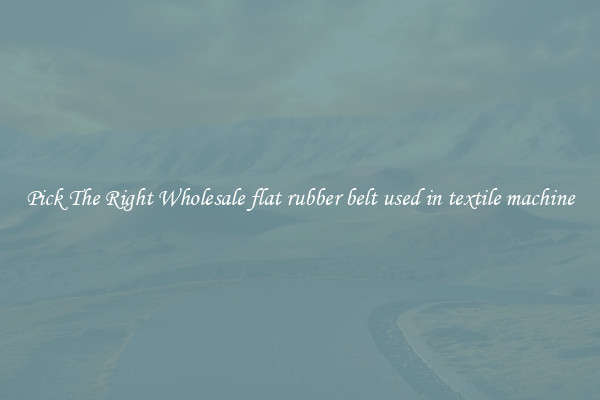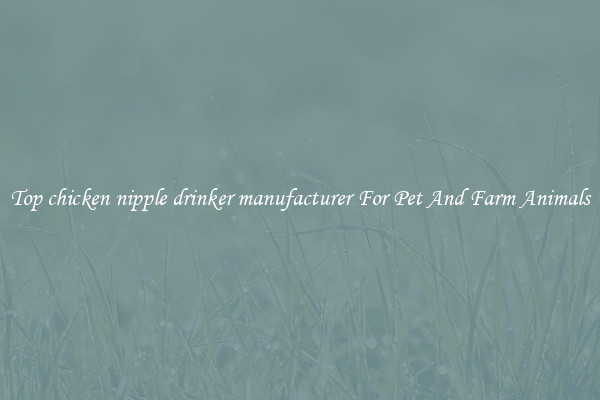Pick The Right Wholesale flat rubber belt used in textile machine
When it comes to running a textile machine, choosing the right wholesale flat rubber belt is crucial for ensuring smooth and efficient operations. The selection of the appropriate belt can greatly impact the overall performance and productivity of the machine.

First and foremost, it is important to consider the type of material being used in the textile machine. Different materials may require different types of rubber belts in order to achieve optimal performance. For instance, materials that are heavier or more abrasive may require a belt that is made of a more durable rubber material.
Additionally, the size and weight of the textile machine should also be taken into consideration when choosing the right wholesale flat rubber belt. The belt needs to be able to withstand the stress and tension of the machine's operation without stretching or breaking. Choosing a belt that is too thin or weak for the machine can result in frequent replacements and costly downtime.
Furthermore, it is essential to consider the environment in which the textile machine will be operating. Factors such as temperature, humidity, and exposure to chemicals or other substances can affect the durability and lifespan of the rubber belt. Selecting a belt that is resistant to these environmental factors can help to extend the life of the belt and prevent premature wear and tear.
In addition to material, size, weight, and environmental factors, it is also important to consider the overall quality and reliability of the wholesale flat rubber belt. Investing in a high-quality belt from a reputable manufacturer can help to ensure that the belt will perform consistently and reliably over time.
Ultimately, when it comes to choosing the right wholesale flat rubber belt for a textile machine, it is important to carefully consider all of these factors in order to select a belt that will meet the specific needs and requirements of the machine. By taking the time to select the appropriate belt, textile manufacturers can help to ensure smooth and efficient operations, reduce downtime, and ultimately improve productivity and profitability.

View details

View details

View details

View details








